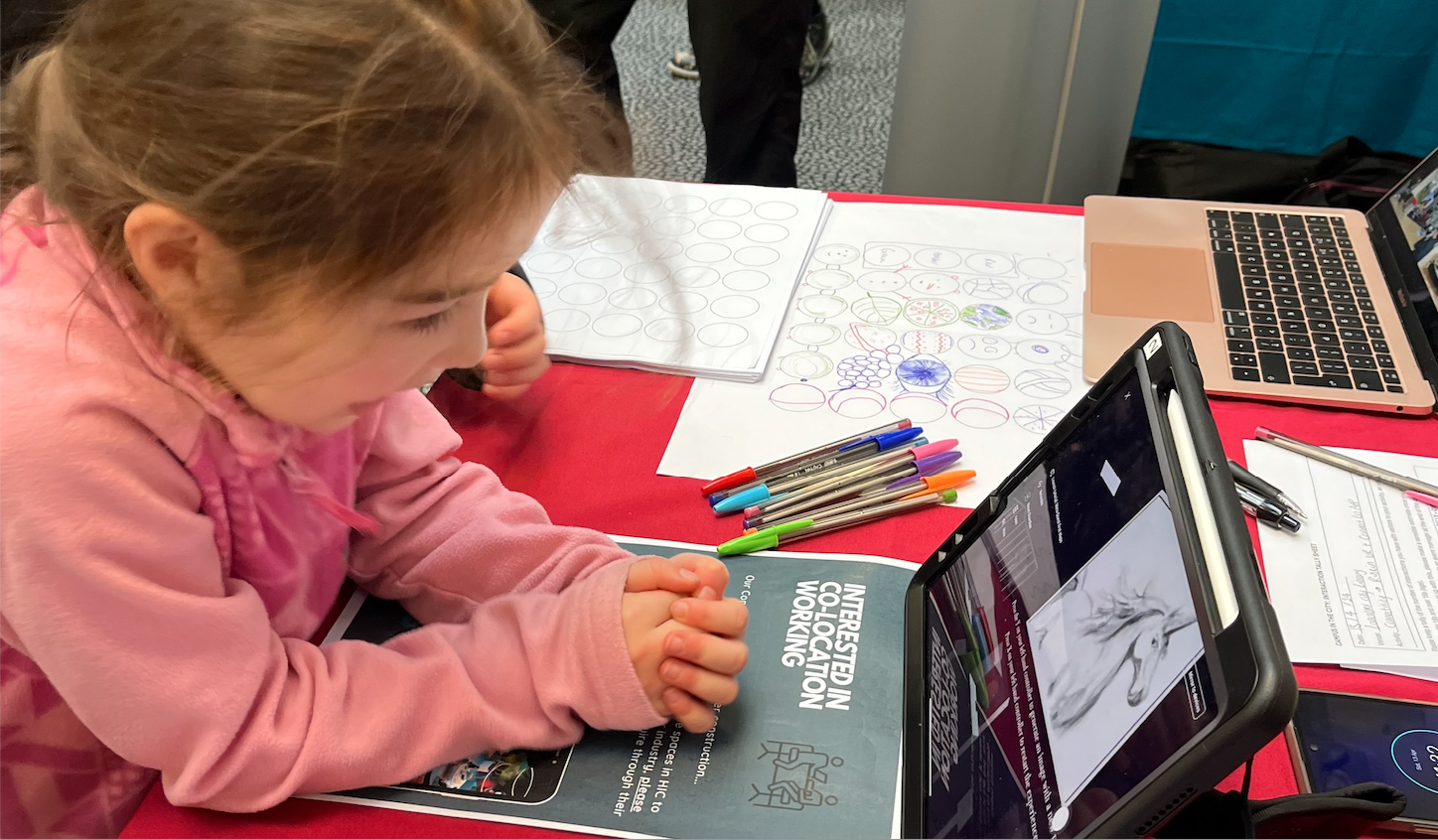Ruskin's Cyanometer AR experience
We've used Ruskin Cyanometer creation and turned it into an AR experience. This allows you to measure the colour of your sky from anywhere, a concept created by Ruskin in his aim to asses climate change. Bringing a 19th century creation into the modern world through an engaging way that allows you to share your sky.









